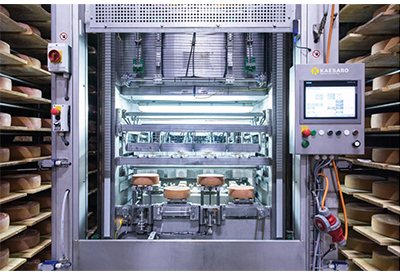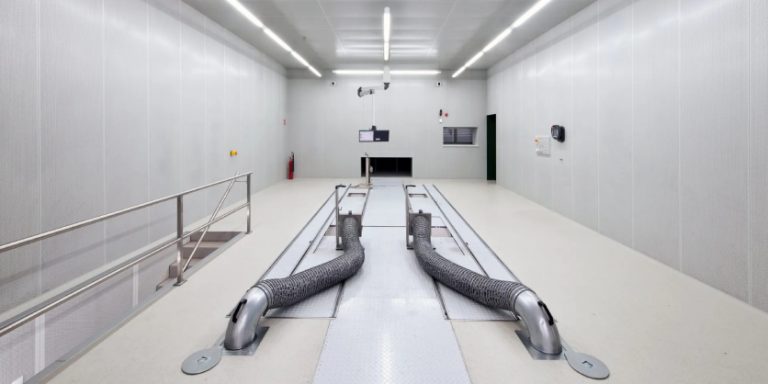The Connected Mine: A Strategy for Success

April 13, 2020
By Jeff Botsch, Consulting Services Manager: Mining, Metals & Cement, Rockwell Automation
When one major mining company underwent digital transformation, it achieved results that would be the envy of most mines. Production increased about 15%. Energy costs went down after ventilation demands were cut in half. And safety was enhanced with autonomous drills that moved workers away from potentially hazardous areas.
Yet, even with impressive results like these, the connected mine remains elusive for the vast majority of mine operators.
Only one in 10 mine executives say they have completed at least one digital implementation, according to our research. And about one in three say they’re still in the initial exploration and fact-finding stage of their digital journey.
Why are digital initiatives progressing so slowly in mining? One big reason is the lack of a strategy that can help companies turn their connected mine vision into a reality.
Six Steps for Strategic Success
Digitally transforming your mining operations is a journey, not a one-time event. Your journey needs to start with a strategy that involves analyzing, planning and understanding not only digital technologies but also business needs and commercial opportunities.
The good news is that a simple, yet powerful sequence of steps can help bring your digital transformation vision to reality. These steps include:
- 1. Operational Assessment: You can’t achieve an end result with your digital initiatives if you don’t first understand the state of your operations today. Which is why you need to start by assessing your mining operations and identifying the gap that exists between its current status and the desirable results.
- 2. Corporate Alignment: Your digital initiatives should be aligned with your corporate strategy – and preferably be part of the corporate strategy. This can help make sure your efforts stay focused not on new technologies but on better business results.
- 3. Business Case: Each digital initiative should have a business case that identifies ROI, quick-win opportunities and ideally cost of avoidance. For example, will a new technology provide payback by saving energy, reducing downtime or improving maintenance?
- 4. Business Architecture: Before you begin implementing any digital initiatives, you need to define your enterprise in terms of governance, people, processes, technology, partnerships, strategic goals and capabilities. This assessment shows how the organization works today and stands as a reference point to how it will change as a result of digital initiatives.
- 5. Technical Architecture: Only now can you define the technical requirements and products for your digital initiatives. A key decision comes from whether you will use homegrown or market-based solutions. Homegrown solutions can be difficult to scale up and support over time. Proven market-based solutions, on the other hand, can be expanded across your operations and support multiple initiatives.
- 6. Digital Roadmap: Your roadmap should outline when and where you’ll implement each of your digital initiatives and how you’ll sustain them, building on their success over time. Consider staggering initiatives. This can help you prove the success and value of each before you move on to subsequent initiatives.
Simplify Your Journey
This is only a brief guide for turning your vision for a connected mine into a reality. With each step, you’ll need to make important decisions in areas like cybersecurity, leadership buy-in, data standardization and more.
This is why the right partners can be just as essential as the right strategy.
Our dedicated team of engineers, consultants and sales representatives can help you every step of the way, as you operationalize your digital initiatives. And our new Digital Partner Program can help simplify your digital transformation by connecting you to digital expertise and solutions from market leaders like Accenture, Microsoft, PTC, ANSYS and EPLAN.







